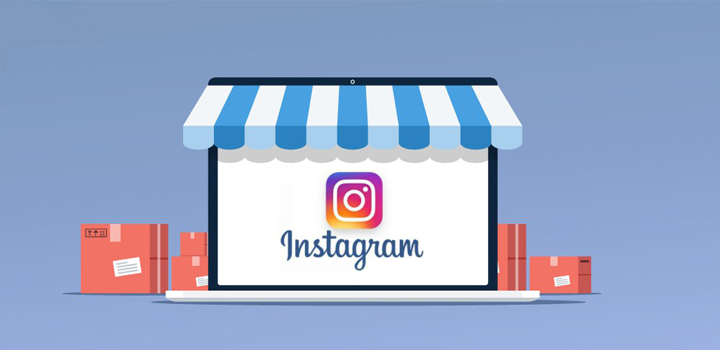
How to turn your Instagram into an e-commerce sales place?
The majority of social networks, and Instagram in particular, offer the opportunity to build brand awareness and engage with customers in real time.
In addition to being a showcase for your products, the social network for sharing images and videos is one of the most effective solutions to convert passive buyers into active customers.
Because consumers are more engaged on Instagram than on any other social network. Some studies have found that customers are even 60 times more likely to interact with a brand’s Instagram account, than Facebook. And they are 140 times quicker to interact with a brand’s Instagram post, than Twitter.
Before we go over the best modules for turning your account into an e-commerce sales venue, here are a few reminders to get the most out of your Instagram.
6 tips to boost your Instagram account
1 – Optimize the content
Remember: content is king. 1.8 billion images are shared every day on social networks. So to build your brand value, you need to create better content than the average user to get people to engage by giving them a great visual experience.
Take advantage of the large number of tools and applications at your disposal to improve the content you publish:
- The different filters.
- Layout: to quickly create compositions by mixing your photos.
- Giant Square: to create large images, panoramic photos and banners.
- Boomerang: to create mini videos that loop.
- Hyperlapse: to easily create video time-lapses.
- Overgram: to add text and illustrations to photos.
2 – Engaging users
In order to improve both your brand image and your online presence, it is ideal to use content created by your customers.
So don’t hesitate to encourage your community to generate content about your brand. Ask them to share photos showing the products they’ve purchased from your store, and then get permission to post the photos on your own account.
A good example of a brand using customer photos to improve their Instagram profile is GoPro. Their strategy is not only to post photos of their products, but to use their customers’ photos to share the experiences they enjoy, all using a GoPro camera.
Tools like Photoslurpallow will allow you to find the content your customers are posting about your products.
3 – Challenge your audience
The best way to encourage users to post photos for you is to organize a contest. Challenging and encouraging your audience should capture their attention and increase engagement with your content.
No need to issue a difficult challenge.
Take National Geographic as an example. Last summer, @natgeotravel launched a travel photography contest open to any adult living in the US. The challenge was to capture images of “unforgettable people, places and experiences”.
The prize was a 7-day, all-inclusive trip to Yosemite National Park in California with the National Geographic photo expedition.
4 – Using customer photos
Contests and photo campaigns are usually a great way to encourage engagement, but they alone are not enough to generate sales.
Launching a photo contest via Instagram without having a gallery to post them in is a real waste of time and resources. User-generated content is of little value if you don’t exploit it.
If you want to take advantage of your customers’ photos, you should consider dedicating a place for them to live online. You can :
- Publish customer photos in a dedicated Facebook tab, without forgetting to identify the products presented in the photo. Better yet, insert a link to your e-commerce product page. If a user clicks on one of the products worn by the person in the photo, he can easily finalize his purchase, instead of having to go to your website and browse for long minutes to find his favorite.
- Integrate customer photos directly into your e-commerce product pages. Showing real customer photos on your e-commerce pages serves two purposes. First, seeing real people using your products helps build consumer confidence in you. Secondly, it helps to demonstrate social proof by showing that your products are desired by others, precisely at a time when a customer may be hesitant about finalizing their purchase.
Finally, make your intentions clear to your customers. If your goal is to use their photos on your e-commerce pages, mention it! You will benefit from the enthusiasm of some customers charmed by this opportunity. Encourage them to share their best photos with your brand for a chance to be featured on your product pages.
Including Instagram photos of customers on your own e-commerce site can increase conversions by up to 30%.
5 – Use a clear call to action
Like any content, Instagram captions can be optimized. Best practices :
- Use hashtags.
- Telling a story.
- Ask questions.
- Add emojis.
But the best way to do this when developing your captions is with a call to action. Here are some examples:
- “Tag three friends.”
- “Share with a loved one”.
- “Go to our bio”.
6 – Simplify the purchasing process
Instagram’s big concern with e-commerce is that you can’t share a direct link or more details about the product, except by putting it in a comment. The most popular way around this is to tell customers that a link to the product is located in the bio section of the profile.
Indeed, Instagram only allows one link in the bio, which forces you to change this link every time you share or want to highlight a new product. To make the most of this link, follow these 2 steps:
- Keep it short: use tools that allow you to edit your link so people know where they’re going when they click on it.
- Keep it fresh: whenever you have a new product, contest or special offer, use your bio link to promote and redirect customers to the pages you want them to see.
Selling with Instagram: e-commerce modules & applications
Integrating Instagram photos into your e-commerce
According to some data, 77% of buyers prefer to see authentic customer photos, rather than professional images. Such statistics serve as a clear indication: social networks, led by Instagram, hold enormous potential for businesses.
So the tools that allow you to integrate Instagram photos into your e-commerce site directly harness the power of user and peer recommendation.
Whether you choose to embed your own visuals or your customers’ Instagram photos on your e-commerce product pages and/or homepage, there are several apps and modules that can help:
- Olapic: This tool processes customer photos and videos from different social networks to help brands determine which content is most effective in terms of engagement and conversion. Olapic’s algorithm selects the best shared content and allows you to display it on your website or in your newsletters. The tool also requests sharing rights from the content owner, tags products and organizes the content for you. More than 350 brands around the world use Olapic, including Lancome and L’Oréal.
- Taggd: this module allows visitors to your e-commerce site to view your products via Instagram photos of customers. The curation of these photos on your website is automated according to the products you sell, which avoids having to select them manually. Taggd can be configured to integrate custom lookbooks, feeds and product image galleries. This allows user-generated Instagram content to be categorized and can also be filtered by price, color, size, etc. The tool also sends a personalized comment to the author of the photo to inform them that their photo has been chosen to appear on your site.
- Social Curation by Yotpo: this tool allows brands to identify, collect and obtain rights to use the best content generated by Instagram users. The images are selected by Yotpo’s algorithms and can then be displayed on your site via the creation of an image gallery.
- Juicer: this extension allows you to automatically aggregate all of your brand’s social media posts into a single feed displayed anywhere on your website. Juicer also allows you to set up filters, moderate posts and analyze engagement on your social networks. This tool is used by brands like Ralph Lauren or Vans.
Instagram Shopping
Instagram is currently testing a new feature, soberly named “Instagram Shopping“, in partnership with 20 American brands, most of which are not known in Europe.
In terms of user experience, “Instagram Shopping” is similar to identifying someone in a photo. The user simply hovers over the image to display a label containing the product name and price.
The advantage with “Instagram Shopping” is that it is possible to have several products in the same image and display them all by clicking on them. If the user clicks on one of the products, the feature displays a detailed image of the product with information. From there, a “Buy” button takes the user directly to the seller’s e-commerce product page.
In short, Instagram does not force customers to stay on the app. If they want to stay on Instagram, they can. But if they prefer to go to e-commerce, that is also possible.
Eventually, Instagram Shopping will also be available for video and photo carousels.
Create an e-commerce gallery of Instagram images
These sales modules allow you to add new features to your Instagram account by associating an e-commerce gallery. Once installed, they allow you to “tag” particular products shown in the photos and link the customer either to the product page of your e-commerce or to an informative window containing details about the product:
- FourSixty: This tool allows shoppers to add your products to their carts directly from your Instagram posts. To do this, the feature offers the ability to “tag” products featured in an Instagram photo. FourSixty also allows you to embed Instagram image galleries anywhere on your e-commerce site.
- ShowCase: this module makes it easy to label the products featured in your photos, so customers can buy directly from an Instagram post. To do this, simply place a link in the bio section of your profile leading to an image gallery. When Internet users click on it, ShowCase redirects them to this gallery which highlights each product presented. The products are directly linked to their product pages.
- Shoppable from Photoslurp: this tool provides you with a custom link that launches a commercial replica of your Instagram feed. When someone clicks on this link, they are taken to a gallery-style page where they are able to see all of your Instagram photos featuring products available for purchase. A click on the image transfers the buyer directly to the product page of your e-commerce.
- Shoppable Instagram by Yotpo: this tool creates an e-commerce version of your Instagram feed. Users simply click on the link in your bio to be taken to the shoppable version of your feed. Once on it, they see the products in the photos as well as their ratings by other customers and can click on them to go to your product pages.
- Shopseen: this tool creates an image gallery of your Instagram feed. All you have to do is direct traffic to your Shopseen store with your bio link. Once you’ve linked your Instagram to Shopseen, you can upload Instagram images of your products, then add a price and description. The tool will then upload the product to your Shopseen page. The advantage is that customers do not need to create their own Shopseen account to be able to buy your products directly on the platform. Shopseen takes a 10% tax on Instagram sales.
- Like2Buy by Curalate: This sales tool is designed to simplify the purchase of products via Instagram. Simply add your business’ Like2Buy link to your Instagram profile to redirect people who click on it to a gallery of clickable product images. Like2Buy allows you to associate multiple products with a single image and to use user-generated photos in your gallery. The app also tracks users’ likes, showing them all the images and products they’ve liked on Instagram in a custom tab. And if a seller wants to grow their list of subscribers, the ability to add an email form to their gallery is available. Like2Buy is used by a number of major brands, including Nordstrom, Forever 21 and Sephora.
- Have2Have: like the others, this tool allows you to use your profile link to send customers to an e-commerce version of your Instagram feed. Simply place the Have2Have.It link in your profile. Your brand’s Have2Have.It store matches the look of your Instagram feed. Have2Have also uses conversion tracking and provides advanced analytics. In addition, you can schedule Instagram posts and connect multiple products to a single image.
Identify buyable content with a Hashtag
- InSelly: this tool is a kind of Instagram Marketplace. To drive traffic to your InSelly shop, simply add the hashtag #InSelly to a photo description. Not only does this hashtag make it easier for users to find purchasable content, but it makes it easy for buyers to find your products. Sellers can process purchases via PayPal and buyers have the option to contact sellers via a message, either on the app or on the InSelly website. InSelly is free for buyers and sellers, but it uses its own currency, called “coins”. Sellers can buy “corners” to promote their ads in the inSelly platform.
- Spreesy: this tool uses comments to sell articles. All the seller has to do is create an Instagram post using the Spreesy app. The post may contain shipping costs, available quantities and more. The user must then leave his e-mail address as a comment to receive a secure link to the seller’s page. The problem with this method is that customers must publish their email addresses publicly. However, a seller can ask customers to delete their comments after receiving the invoice. Spreesy has also developed a way to send emails to customers. Instagram users who comment “#subscribe” followed by their email address will receive a secure payment link for all products a Spreesy seller posts.
Sale with like
- Like to Know: this application allows you to send information by e-mail about a product to a person who “likes” the image. Once installed, Like to Know allows you to find the outfits worn by a person simply by liking their photo. After the “like”, the application sends an email to the user with the list of products present on the photo, or similar models. One of the main users of the Like to Know service is the fashion magazine Vogue.
- ShopStyle: This tool works via an affiliate link system that bloggers can use to earn money. These prepare their list of products they want to show in their Instagram post. They then share the list with ShopStyle, along with the photo to be used. ShopStyle auto-populates the Instagram description with a link to the curated product list. When a user likes a ShopStyle photo, that person receives an email with links to purchase the products in the photo. To do this, buyers must first register with ShopStyle. When the customer clicks on a link to buy the product, he is redirected to the e-commerce product page.
Sale with comments
- Soldsie: this tool allows you to sell products through the comments section of Instagram posts. To do this, buyers and sellers must first install and integrate the software with Instagram after registering with Soldsie. Then, simply upload your products to the Soldsie dashboard and include purchase information, such as “100% cotton, available in blue and white”. Users can then make purchases by leaving the comment “sold” followed by size/color/email address information. Soldsie then sends them an invoice by email to complete their purchase.

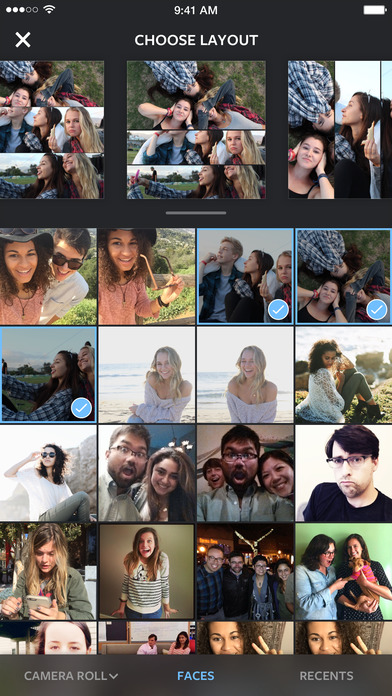
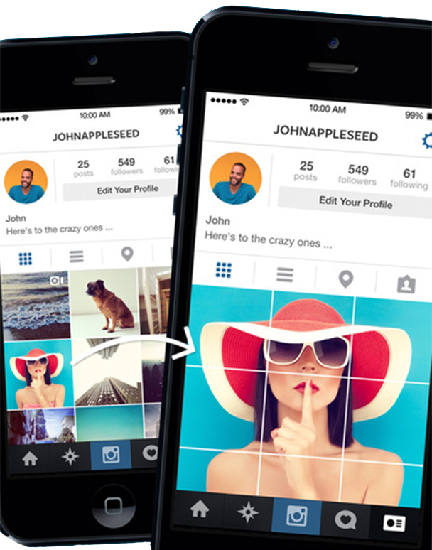


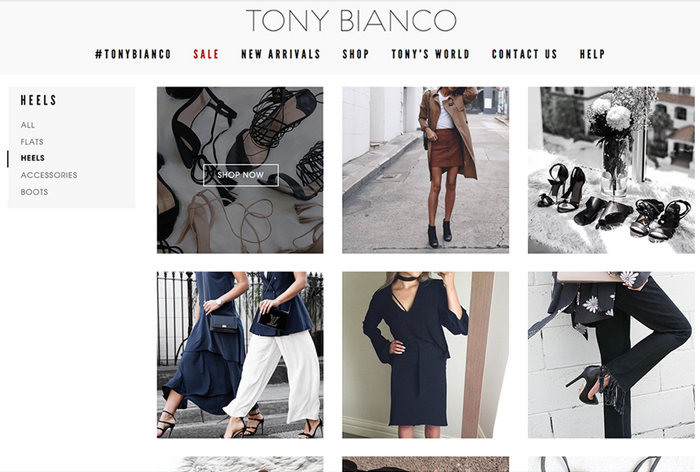
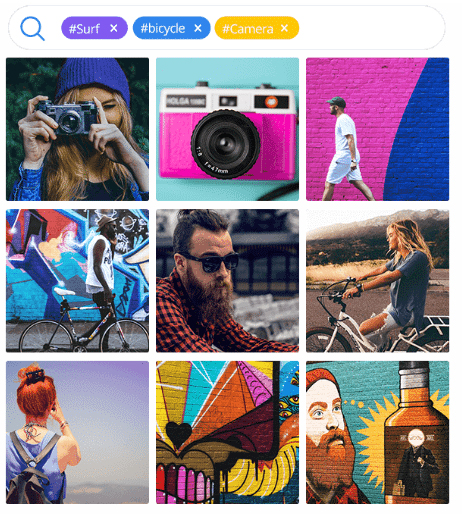

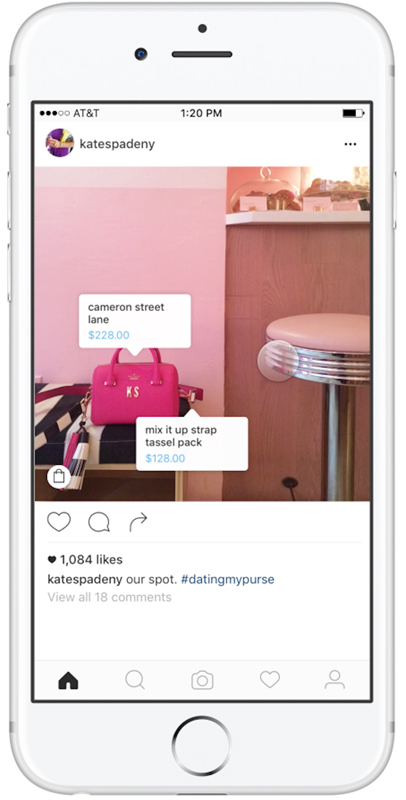
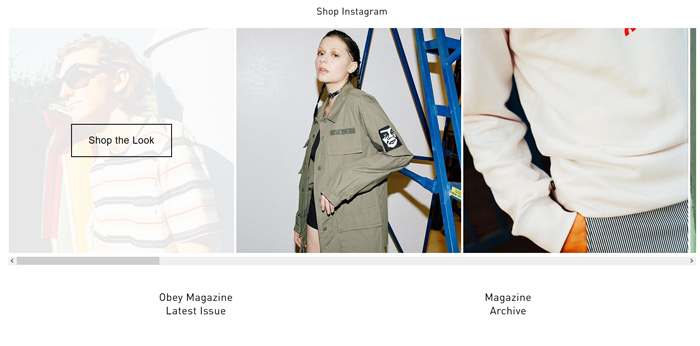
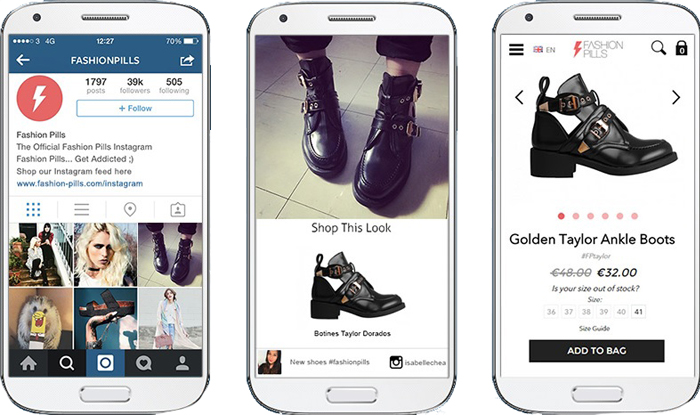
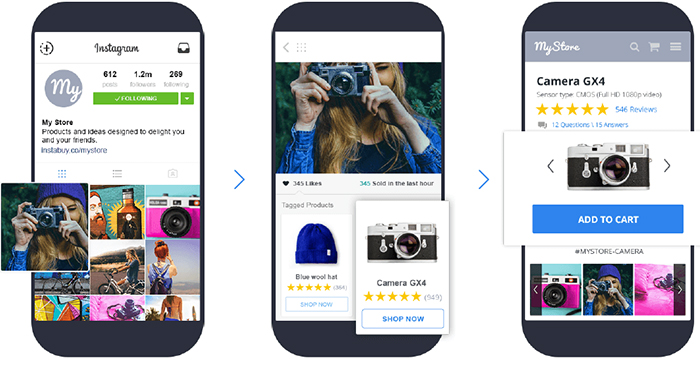
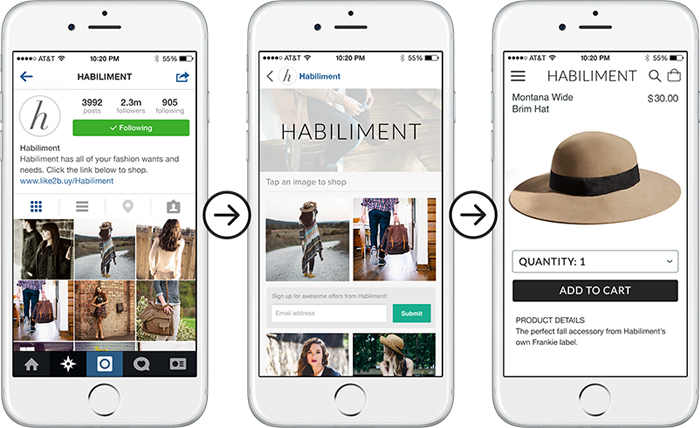
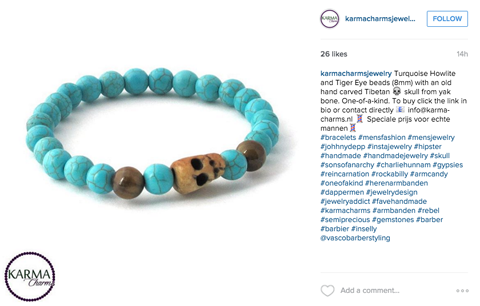
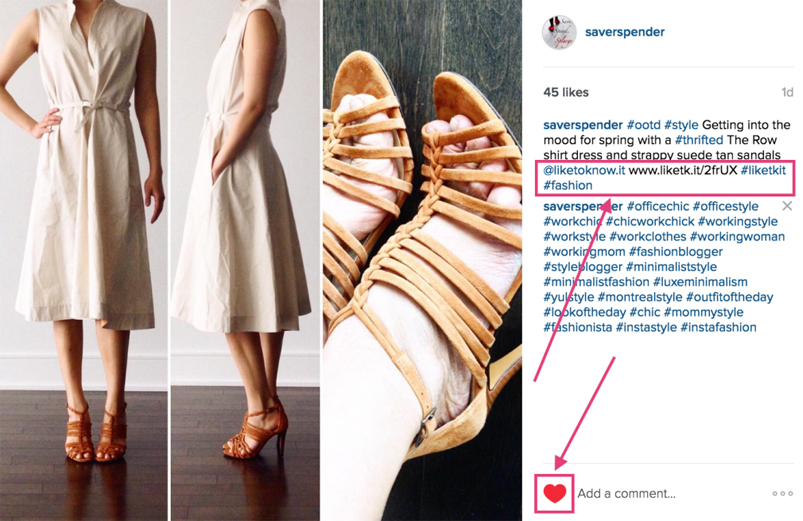
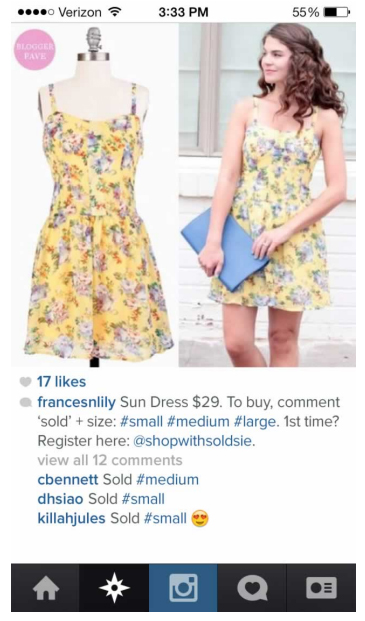








Leave a Reply
You must be logged in to post a comment.